The Victorian era, spanning the reign of Queen Victoria from 1837 to 1901, was a period marked by significant changes in fashion. Victorian clothing reflects the social norms, technological advancements, and cultural shifts of the time. This guide explores the distinctive features, evolution, and types of clothing worn during the Victorian era.
Victorian Era Fashion

Victorian fashion is characterized by its elaborate designs, intricate details, and emphasis on modesty and elegance. Clothing styles evolved significantly over the six decades of Victoria’s reign, influenced by changes in social class, industrialization, and cultural movements.
Features of Victorian Clothing
1. Corsetry:
Corsets were essential in creating the iconic hourglass silhouette. They cinched the waist and supported the bust and back.
2. Crinolines and Bustles:
These structural garments added volume to skirts, creating dramatic shapes. Crinolines were used in the mid-19th century, while bustles became popular in the later years.
3. Layering:
Victorian fashion involved multiple layers, including chemises, petticoats, and overdresses, providing both warmth and modesty.
4. High Necklines and Long Sleeves:
Dresses often featured high necklines and long sleeves, adhering to the era’s modesty standards.
5. Intricate Details:
Lace, embroidery, and beading were common decorative elements, showcasing wealth and craftsmanship.
History of Victorian Fashion
Early Victorian Period (1837-1850s)
1. Silhouettes:
Early Victorian fashion retained some elements of Regency styles, with high waists and simpler designs gradually giving way to more elaborate shapes.
2. Crinolines:
The introduction of crinolines around the 1850s allowed for wide, bell-shaped skirts, supported by hoop petticoats.
3. Fabrics and Colors:
Heavy fabrics like silk and velvet were popular, often in rich, dark colors. Day dresses were more subdued, while evening gowns featured vibrant hues and luxurious embellishments.
Mid-Victorian Period (1860s-1880s)
1. Bustles:
By the 1870s, the crinoline gave way to the bustle, which emphasized the back of the skirt, creating a pronounced, padded look.
2. Bodices:
Bodices became more fitted and structured, often featuring boning and intricate decorations.
3. Fabrics:
Lighter fabrics like tulle and organza were used for evening wear, while day dresses continued to be made from sturdier materials.
Late Victorian Period (1890s)
1. Hourglass Silhouette:
The hourglass figure became more pronounced, with tightly laced corsets, flared skirts, and padded hips.
2. Leg-o’-Mutton Sleeves:
Sleeves with exaggerated volume at the shoulders, tapering to the wrist, became a fashion staple.
3. High Collars:
High, stiff collars were fashionable for both men and women, often adorned with lace or ruffles.
Types of Victorian Clothing
Women’s Clothing
1. Day Dresses:
Practical and modest, featuring high necklines and long sleeves. Often made from wool or cotton.
2. Evening Gowns:
More elaborate, with lower necklines, short sleeves, and luxurious fabrics. Embellished with lace, beads, and embroidery.
3. Tea Gowns:
Worn for informal gatherings, these were less structured and more comfortable, often made from lighter fabrics.
Men’s Clothing
1. Morning Coats:
Tailored jackets with a cutaway front, worn for formal daytime occasions.
2. Frock Coats:
Knee-length coats with a fitted waist, suitable for business and formal events.
3. Tailcoats:
Evening wear with a waist-length front and long tails at the back, typically worn with a white tie.
Children’s Clothing
Boys:
1. Young boys wore dresses until about age five, transitioning to breeches and later, trousers.
Girls:
2. Similar to women’s dresses but shorter and more practical, often featuring pinafores for everyday wear.
Accessories and Footwear
1. Hats and Bonnets:
Essential for both men and women, ranging from simple straw hats to elaborate, feathered bonnets.
2. Gloves:
Worn for both fashion and modesty, with different styles for day and evening wear.
3. Footwear:
Women wore ankle boots and heeled shoes, while men wore polished leather shoes and boots.
Conclusion
Victorian era clothing is a testament to the era’s cultural and social dynamics. From the intricate details of women’s dresses to the structured elegance of men’s suits, Victorian fashion offers a fascinating glimpse into the past. Understanding the evolution and characteristics of 19th-century fashion helps us appreciate the artistry and craftsmanship of this remarkable period.

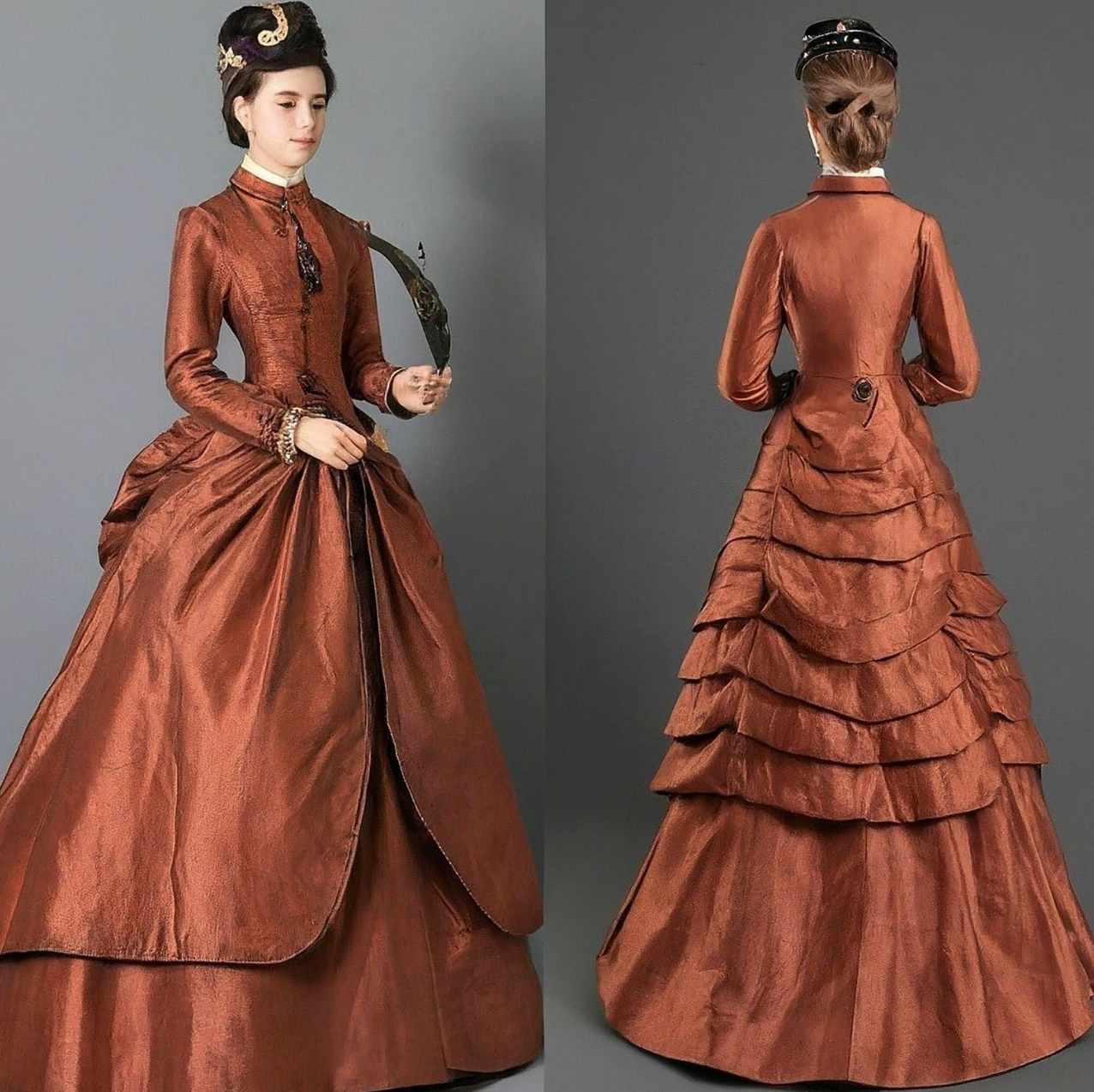
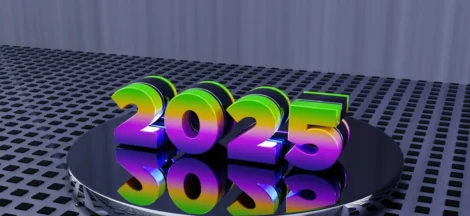
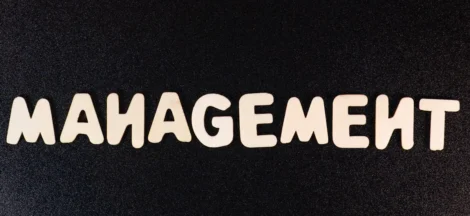
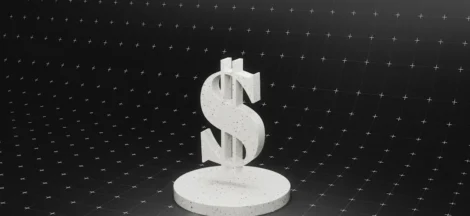
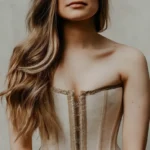 Bridal Corsets: Elegance and Support on Your Special Day
Bridal Corsets: Elegance and Support on Your Special Day